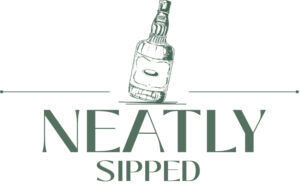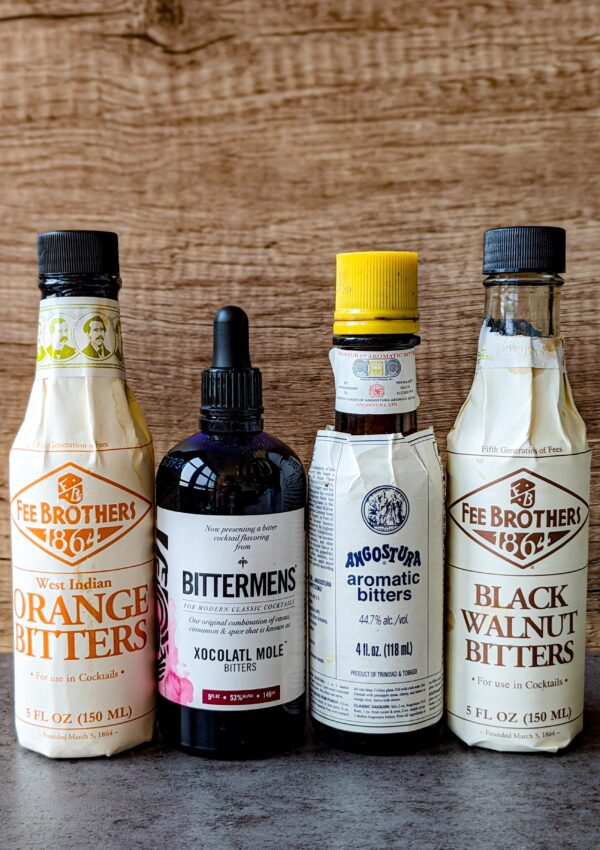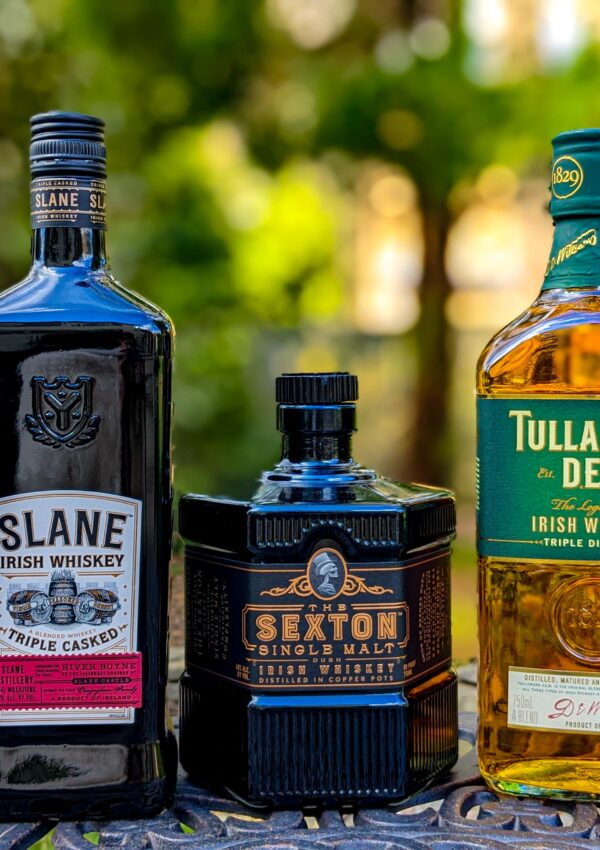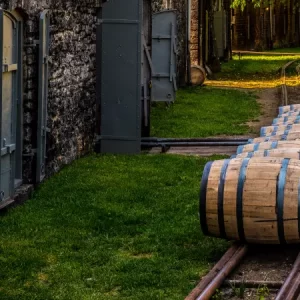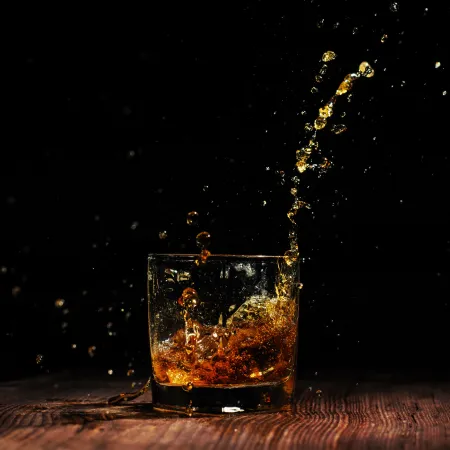
It’s hard enough for a whiskey to become a bourbon, but the work doesn’t just stop there. As you glance over bourbon labels, you’ll start to notice extra distinctions like, “Barrel Strength,” “Small Batch,” or “Single Barrel.” These distinctions can get overwhelming, but understanding what they mean can reveal a lot about your favorite bourbons.
There are six unique classifications that a bourbon may earn:
Kentucky Bourbon
There may not be a legal requirement for bourbon to come from Kentucky, but there is a special classification. A bourbon can become “Kentucky Bourbon” if it is produced entirely within Kentucky, including aged for at least one year in the state. This classification is taken pretty seriously, but surprisingly isn’t even a federal law – just a Kentucky state one.
Straight Bourbon
Regular ol’ bourbon actually comes with zero age requirements. Shocking right? Technically, distilleries can age whiskey for a day and call it bourbon, even though it might not be great for sales. Often it may be impossible to know exactly how long a bottle has been aged, unless of course it’s classified as Straight Bourbon. To gain this distinction, bourbon must be aged for at least two years. However, if it aged for less than four years, then legally it must include an age statement on the label itself.
Small Batch
This classification doesn’t actually have any legal definition – to be honest, we all just started accepting it as a thing. In the early 1990s, Jim Beam launched a Small Batch collection that gained wild popularity and everyone else just jumped on the bandwagon. By definition, Small Batch means a bottle of bourbon was created from a “small batch” of selected barrels in order to create the perfect bottle. The catch, of course, is that without a legal definition, the number of barrels in a “small batch” is completely up in the air. Some distilleries go to the trouble of printing and proclaiming the number of barrels they include, but most don’t. Essentially, to earn this classification a distillery simply has to mix a variety of barrels together.
Single Barrel
Similar to Small Batch, there is also no legal definition of Single Barrel. However, also similar to Small Batch, the classification does imply a particular definition of its own. To be labeled as Single Barrel, a bourbon must come from only one barrel. This might not seem like a big deal, but it’s actually a pretty big flex. So many factors impact bourbon barrels that it’s common for taste to fluctuate a bit from barrel to barrel. In many cases, distillers actually mix between barrels in order to reach the gold standard of a particular brand. To say a product is Single Barrel either means that the distillery has absolutely nailed the aging process or they’re alright with the Single Barrel line being wildly inconsistent. Let’s hope for the former.
Barrel Strength
Sometimes also known as “Cask Strength,” Barrel Strength is exactly what it sounds like. Usually once a bourbon is done aging in its barrel, distillers will cut the product with water before bottling in order to lower the proof. But in the case of Barrel Strength, what comes out of the barrel is exactly what you get. Barrel Strength indicates that the bourbon is the same proof in the bottle as it was in the barrel, which often means the proof is high. Proceed with caution.
Bottled-in-Bond
It doesn’t get any more exclusive than the Bottled-in-Bond classification. Unlike Small Batch or Single Barrel, Bottled-in-Bond comes with incredibly specific, federally regulated requirements. For starters, bourbon must be made in exactly one distillery across one season. From there, the bourbon has to be aged for at least four years and hit the bottle at precisely 100 proof – anything higher or lower immediately disqualifies it.
The classifications of bourbon aren’t quite as complicated, or even as regulated, as they might appear. But they’re an important tool to understanding bourbon and finding your favorite kinds.
